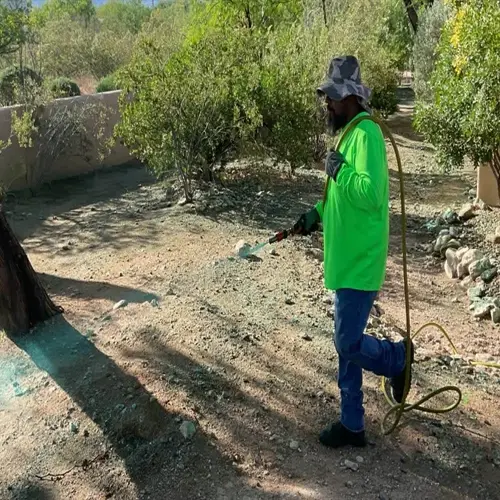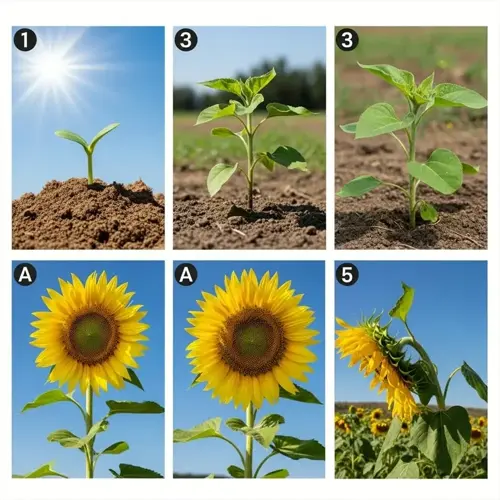Is neem oil safe for edible plants?

Written by
Benjamin Miller
Reviewed by
Prof. Martin Thorne, Ph.D.When applied properly, neem oil provides a safe, organic control of pests on edible plants. I've used it in my vegetable garden for a couple of years and never had any trouble if the key safety precautions were observed. Correct dilution to prevent leaf burning and application at the right time will allow the plants to remain safe to eat. However, always try the material on a small area of the plant to ensure it is not harmed before using it at full strength.
Dilution Ratios
- Mix 1-2 teaspoons neem oil per quart water
- Add 1/2 teaspoon liquid soap as emulsifier
- Test concentration on single leaf before spraying
Application Timing
- Spray at dusk to avoid sun damage
- Apply when temperatures are below 85°F (29°C)
- Avoid flowering periods to protect pollinators
Harvest Guidelines
- Wash produce thoroughly before consumption
- Wait 5-7 days after spraying before harvesting
- Discard any produce showing oil residues
Plant Sensitivity
- Avoid use on herbs like basil and cilantro
- Test on brassicas which may show spotting
- Never apply to seedlings under 4 weeks old
Storage & Disposal
- Use fresh solutions within 8 hours
- Store concentrate in cool dark location
- Dispose excess solution away from water sources
If applied correctly, plant damage will not occur. Fine mist sprayers should be used, as they spray evenly without dripping. Be sure to apply under the bottom leaves, where the pests are most likely to be found. I have healthy tomato plants, for which I spray every leaf surface at night, and refrain from spraying during daylight hours, as this may cause burning. Apply after irrigation or rain.
It remains crucial to protect pollinators. Do not spray when flowers are blooming and bees are active. Spray during evening hours when pollinators are less active. I schedule my treatments after dark in my garden so that I can protect the local bee populations while still controlling the pests.
For best results, mix neem with other organic methods. Release ladybugs to feast on scales between applications. Use sticky traps to check pest levels. My zucchini plants had a faster recovery when spraying neem and removing pests by hand were alternated.
Storage affects the efficacy of neem oil. Pure neem will deteriorate quickly when exposed to light or heat. Store concentrates in amber bottles in a cool, dark place. I keep mine refrigerated to extend shelf life for 18 months. Always shake mixtures well before use to ensure proper emulsification.
Read the full article: Scale Insect Treatment Methods Explained

